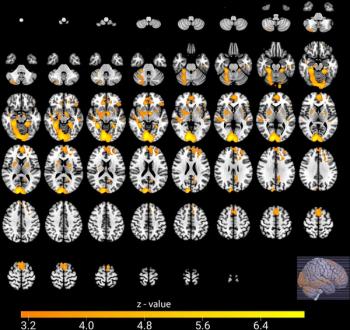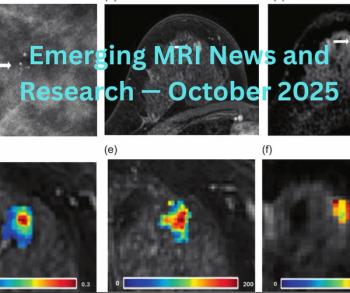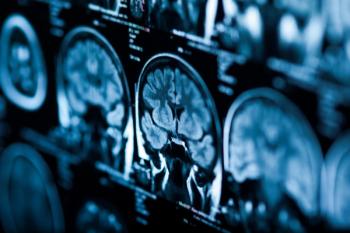
Initial Research Shows MRI Can Improve Liquid Biopsy for Brain Tumors
Using MRI can identify which patients can benefit most from the blood test.
MRI could help identify which patients with aggressive brain tumors might benefit from liquid biopsy, the blood test that pinpoints cancer DNA in a patient’s bloodstream.
New research published today in Neuro-Oncology Advances shows that adding imaging to the mix when trying to diagnose and biopsy for glioblastoma (GBM) can help physicians determine which patients are good candidates for a liquid biopsy, as well as those who aren’t.
The research team from the Perelman School of Medicine at the University of Pennsylvania and the Abramson Cancer Center investigated the efficacy of including MRI in GBM biopsy because tracking the cancer is particularly tricky.
GBM affects approximately 12,000 individuals annually with many experiencing a recurrence. With only a 5 percent-to-10 percent 5-year survival rate, it’s one of the deadliest cancers. Treating it is difficult because the tumors can contain multiple genetic mutations, and tracking progression in the past has meant patient’s must undergo repeated brain surgeries.
While liquid biopsy measures the amount of cancer or tumor DNA in a patient’s blood, the strength of his or her blood-brain barrier can limit the amount of DNA that seeps out of the brain tumor. With too little genetic evidence in the blood, a liquid biopsy offers no diagnostic benefit.
MRI, however, offers a clear picture into whether the blood-brain barrier is porous. The images can help providers determine the volume of tumor DNA that has leaked into the bloodstream, identifying which patients’ cancer progression can be best followed with liquid biopsy.
The study also revealed the link between the amount of cancer DNA in the blood and the density of the tumor’s white blood cells. This information can also be used to identify ideal liquid biopsy candidates.
“The more information we have about a tumor, the better,” said the study’s senior author Stephen Bagley, M.D., assistant professor of hematology and oncology. “The combination of being able to measure the integrity of the blood-brain barrier, understanding the density of [white blood cells], and tracking the tumor thorough liquid biopsy may be able to help us tailor our treatment decisions so that each patient is getting precision therapy that gives them the best chance of seeing a benefit.”
Newsletter
Stay at the forefront of radiology with the Diagnostic Imaging newsletter, delivering the latest news, clinical insights, and imaging advancements for today’s radiologists.




























